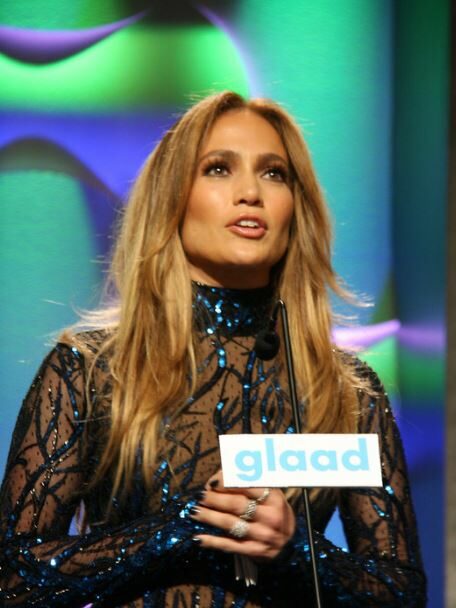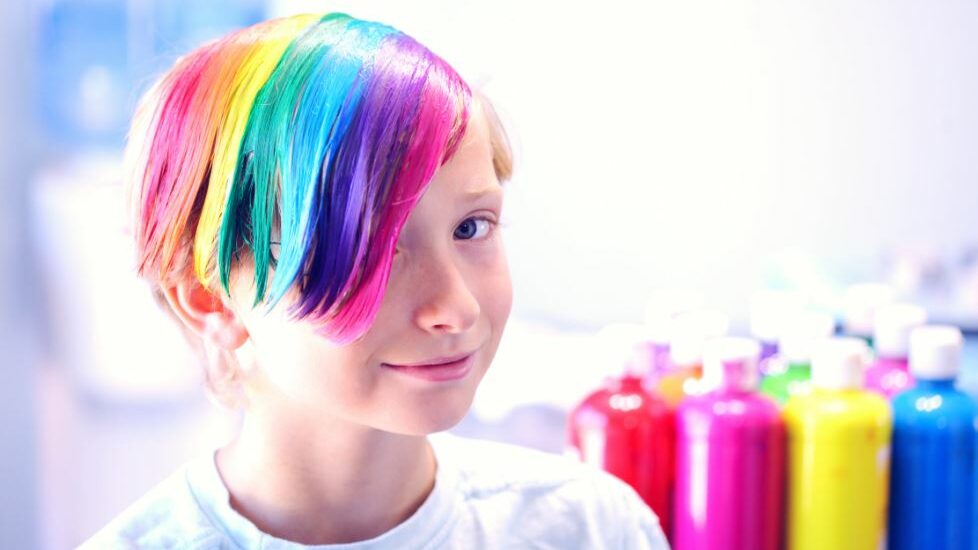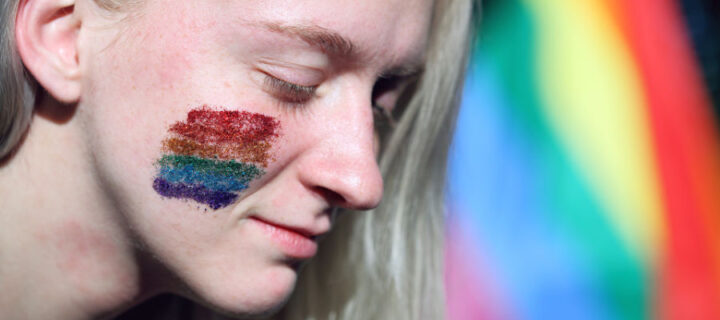
The Word Nibling Explained
Some types of evolution take hundreds of years to occur. However, one of the fastest and most vital evolutions that constantly take place in our lives is the evolution of words. Today, you’re going to learn about a new word and it’s called nibling, along with the importance as to why you should learn its meaning.
Do you have siblings or cousins that have multiple children of different genders? Are you looking for a single word that you can utter in conversations aside from using the classic yet long-winded nieces and nephews? If so, you’re in luck because such a word exists.
On this page
What is a Nibling?
It is a gender-neutral term used to refer to nephews and nieces. It’s similar to how the words parent and sibling work.

Furthermore, it’s also a gender-inclusive term that you, as an aunt or uncle, can use. It’s perfect to amorously refer to your kin who’s undergoing a transition or who’s not fully comfortable with being addressed with a new gender yet.
Origins of the word
A lot of sources cite that 1951 is the year that it was first coined. Samuel E. Martin, a professor of Far Eastern linguistics at Yale University, is the person who’s widely credited for coining the term. Apart from that, he’s also known for developing a romanization system for transliterating Korean.
However, it didn’t become popular and stayed minorly used for for the first five decades after it has been coined.
Nibling’s Popularity Increase
The use of this word has increased in 2005. It has been even published in major publications such as The Bristol UK and The Sydney Morning Herald.
The Bristol UK’s use
“Schoolchildren in Paulton are campaigning to get a new word into the English dictionary. They are urging friends and family to use the word ‘niblings’ instead of the phrase nieces and nephews in an attempt to earn it a place in the Oxford English Dictionary.”
— Chris Allen, The Bristol (UK) Post, 30 Apr. 2004
The Sydney Morning Herald’s use
The Guardian recently published a report on a woman talking about her “auntistic” relationship with her “niblings.” You quickly realise that the words wrapped in ICs are “not real words” in the sense of existing in dictionaries (though that may change). Yet their meanings are clear: “auntistic” in the manner of an aunt; “nibling” an ingenious, gender-neutral collective term, on the model of “sibling,” for nephews and nieces.
— Ruth Wajnryb, The Sydney (Australia) Morning Herald, 19 June 2004
Recent use of the word Nibling in the Media
In 2020, superstar and diva Jennifer Lopez has made a PSA about Trevor Project’s “Draw With Me” short film. The film, directed by Constantine Venetopoulos, aims to educate people about the journey of transgender youth in terms of coming out and coping with their emotions.

Lopez has published her PSA video on her Instagram account with 132 million followers which she captioned:
“Brendon is my nibling and this is their story…Draw With Me is a short film about accepting change and challenges with love knowing when we do everything is possible 🌸 Please enjoy the first 5 minutes of this incredible story. Stay tuned for the full documentary at film festivals worldwide and coming soon on VOD. A film by @ithakafilms @marcomaranghello @lyndalopez08”
How to use the word Nibling/s
There’s plenty of ways to use the word nibling. However, learning how to use it will be easier with a series of examples. Hop in and get your questions answered below.
Examples of Use
- My nibling asked me to buy a toy car as a Christmas present.
- How old is your nibling?
- I went to the park with my niblings yesterday.
Should I use it to refer to the Gender Non-conforming child of my sibling?
As of today, there’s no specific term used to refer to a gender non-conforming child of one’s sibling. However, it’s a more inclusive term to utilize most especially if the child of your sibling is non-binary.
According to Merriam-Webster, the meaning of the word joins nieces and nephews which belong to the gender binary. This makes gender non-conformity detached (in meaning) from the word.
The best way to know what type of word to use is by having a conversation with the gender non-conforming individual. They know best when it comes to how they want to be addressed.
Is Nibling an Exclusive term for LGBTQ individuals?
It may be used to refer to heterosexual cisgender people as well. The reason why nibling is often associated with the LGBTQ community is that it’s often used by the people belonging to it and by how it’s propagated in the media.
Furthermore, it’s quite an inclusive term. It does not separate the two popular genders and why it’s often the best choice for the community.
Dating Advice
In today’s world, dating can be complicated. Even more so when you belong to the LGBTQIA++ community. If your kin is at the right age, it’s best to expose them to transgender dating sites. This will lessen the chances of them being rejected as such a site is inclusive.
Why you should help popularize Nibling
Pronouns and terminologies are quite important most especially for people who belong to the transgender community. These are even more so for the transgender youth. A teen transgender girl may feel like being hit by a slingshot if her piblings (aunts and uncles) often refer to her as a nephew.

These little things matter a lot most especially for someone who’s still trying to find the confidence that they lack but deserve. Calling someone a nibling instead of the wrong term may be trivial to others but for the dignity of the transgender youth, it’s a big step.
To make strides in making the world more inclusive, below are some easy things that you can do:
- Use the word nibling more often in conversations.
- Make nibling a norm by using it when you’re posting captions on social media.
- Educate your friends and family about nibling’s meaning and its importance.
- Inform your co-piblings to use the word nibling often.
- Have your siblings or cousins address your children as their niblings.
- Be updated with the latest inclusive and gender-neutral terms.
If you learned a lot from this guide, please share it on your timeline.



